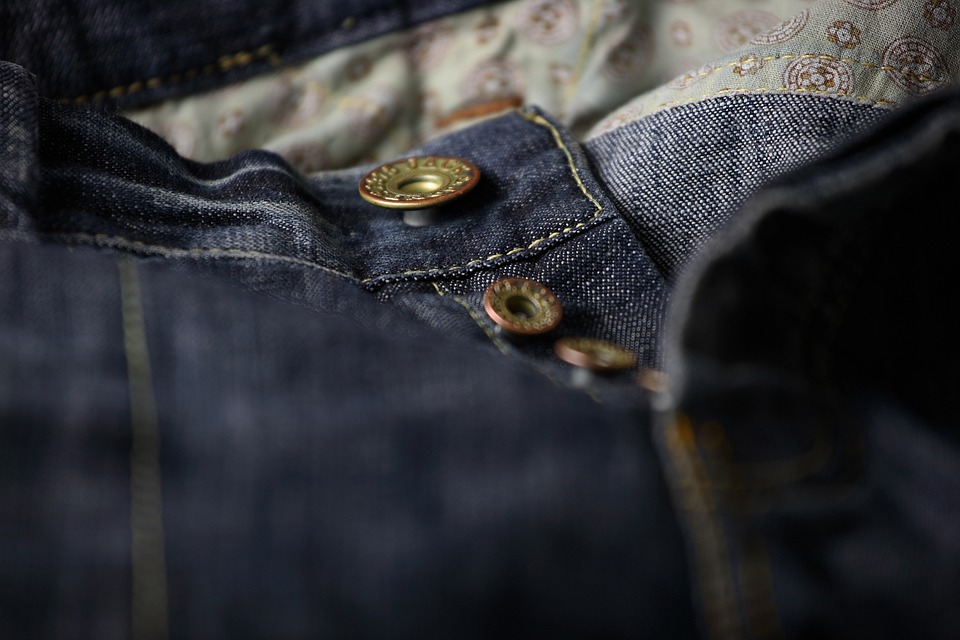Press stud buttons, also known as snap fasteners or poppers, have been a staple in the world of fastening clothes and accessories for over a century. The invention and development of press stud buttons have revolutionized the way garments are fastened and have become an essential component in modern fashion.
The history of press stud buttons can be traced back to the late 19th century when a German inventor, Herbert Bauer, patented the first snap fastener in 1885. This initial design consisted of two sets of metal disks with interlocking teeth, which allowed the fastener to snap together when pressed and then easily release when pulled apart. Bauer’s invention quickly gained popularity and was used in a variety of garments and accessories, making it easier for people to fasten and unfasten their clothing.
As the demand for press stud buttons grew, other inventors and companies began to develop their own versions of the snap fastener. In 1913, the Swiss inventor, Hans Cassend, improved upon Bauer’s design by creating a four-part snap fastener, which further enhanced the strength and durability of the fastening mechanism. This innovation led to the widespread adoption of press stud buttons in the fashion industry, making them a standard feature in clothing and accessories.
Throughout the 20th century, press stud buttons continued to evolve, with advancements in materials and manufacturing techniques. The invention of plastic snap fasteners in the 1960s made them more affordable and accessible to a wider range of consumers. Additionally, the development of automatic attaching machines in the 1970s further streamlined the production process, leading to the mass production of press stud buttons.
Today, press stud buttons are used in a wide range of applications, from clothing and bags to furniture and automotive upholstery. They are available in various sizes, shapes, and colors, making them a versatile and functional fastening solution for a diverse array of products. Press stud buttons have also become a popular choice for designers and manufacturers due to their ease of use and reliability.
In recent years, there has been a resurgence of interest in press stud buttons, particularly in the sustainable fashion movement. Many designers are turning to snap fasteners as an alternative to traditional buttons and zippers, as they are more durable and easier to repair, thereby extending the lifespan of the garment. This shift towards using press stud buttons aligns with the growing demand for environmentally friendly and long-lasting products.
In conclusion, the history of press stud buttons is a testament to the transformative power of innovation in fashion and design. What began as a simple fastening solution has evolved into a versatile and essential component in modern clothing and accessories. From their humble beginnings in the late 19th century to their current use in sustainable fashion, press stud buttons continue to play a significant role in shaping the way we fasten and enjoy our garments.

